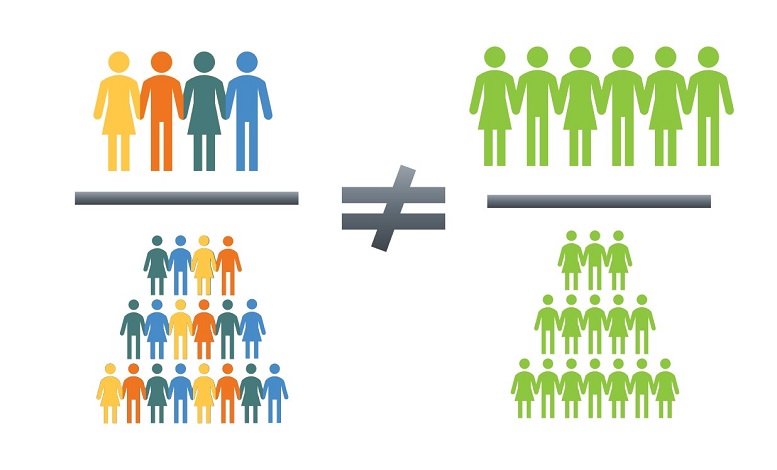You are here
Indicator 10 - Disproportionate Representation in Specific Disability Categories
Changes to Calculations for Indicator 10
In an effort to address disproportionality in Colorado more effectively, the CDE has changed how it calculates data for Indicator 10. Specifics about the Indicator 10 changes are detailed here.
Definition
Percentage of districts with disproportionate representation of racial and ethnic groups in specific disability categories that is the result of inappropriate identification.
(20 U.S.C. 1416(a)(3)(C))
Measurement
Percent = [(# of districts, that meet the State-established n and/or cell size (if applicable) for one or more racial/ethnic groups, with disproportionate representation of racial and ethnic groups in specific disability categories that is the result of inappropriate identification) divided by the (# of districts in the State that meet the State-established n and/or cell size (if applicable) for one or more racial/ethnic groups)] times 100.
For School Year 2021-2022 forward the Disproportionate Representation is determined by:
- The risk ratio and alternate risk ratio methods
- The threshold at which disproportionate representation is identified: 4.0 or above
- 1 year of data is used
- Minimum Cell and n size
- Minimum cell (risk numerator) size = 10
- Minimum n (risk denominator) size = 30
How is Colorado Doing on this Indicator?
The target for Indicator 10 is 0.00%
| Federal Fiscal Year (FFY) | School Year | % of AUs with Disproportionate Representation in Specific Disability Categories |
|---|---|---|
| 2023 | SY 2023-2024 | 0.00% |
| 2022 | SY 2022- 2023 | 1.47% |
| 2021 | SY 2021-2022 | 0.00% |
| 2020 | SY 2020-2021 | 0.00% |
Additional Resources
For more information contact:
Having trouble with this webpage?
If you have problems with broken links or accessing the content on this page, please contact the Exceptional Student Services Unit at ESSU@cde.state.co.us. Please copy the URL link for this page into the email when referencing the problem you are experiencing.



Connect With Us





